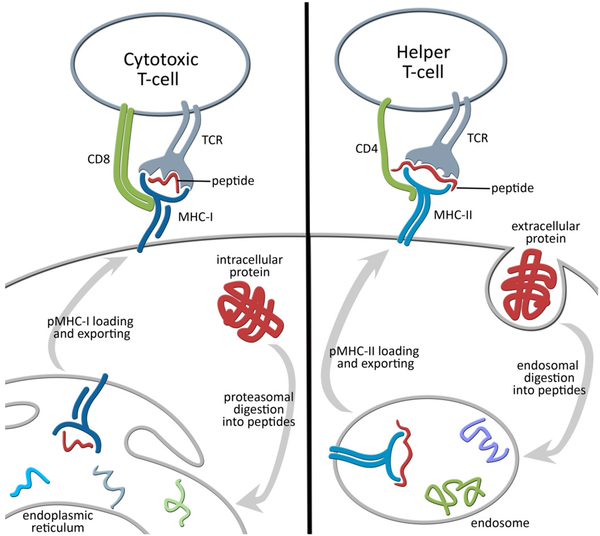Figure 1. Schematic view of the role of MHCs in T-cell activation.
Class I Major Histocompatibility Complexes (MHC-I) are present in almost every cell and involved in the surface presentation of peptides derived from intracellular proteins. On the other hand, class II MHCs are present only in “professional” antigen-presenting cells (phagocytes) and involved in the surface presentation of peptides derived from extracellular proteins. The recognition of displayed peptide-MHC complexes by the T-cell receptor (TCR) triggers T-cell activation, clonal expansion and immunological memory. While cytotoxic T-cells (CD8+) mediate cellular immunity, helper T-cells (CD4+) control the humoral response and have other regulatory roles. CD stands for cluster of differentiation.

